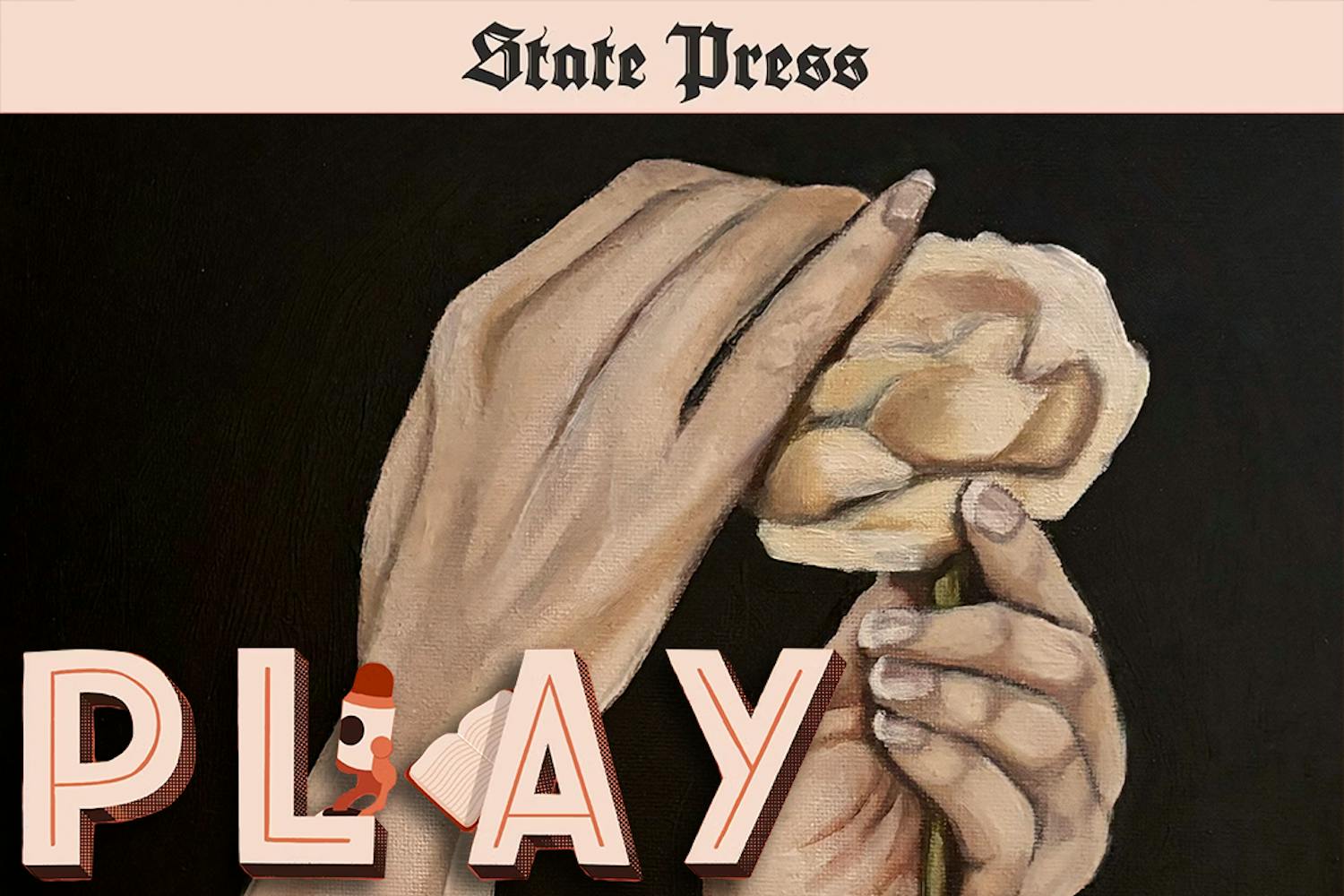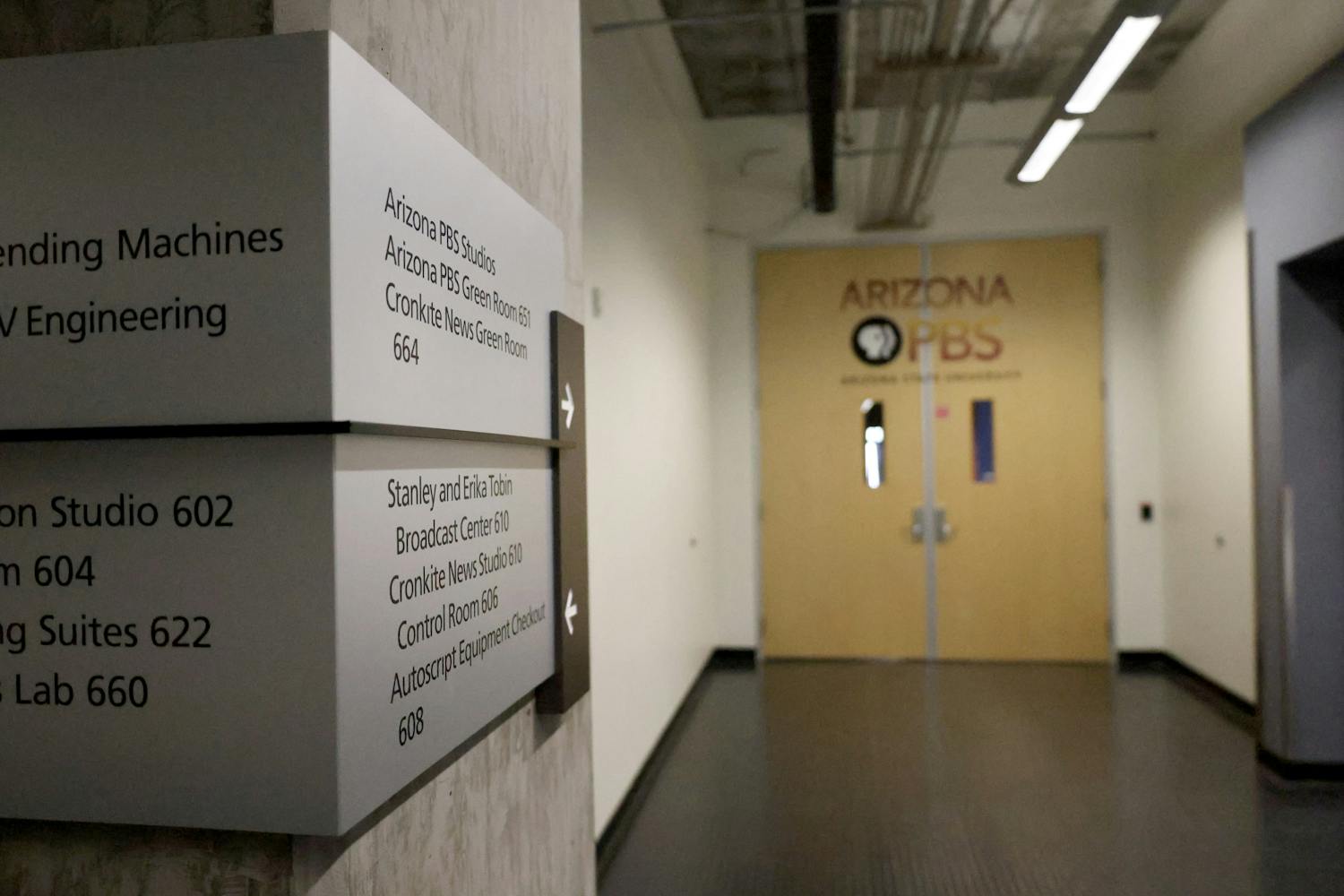Students now have the opportunity to experience space exploration and feel the sensation of traveling in space at the Marston Exploration Theater located on the Tempe campus.
The theater engages Definiti SkySkan Planetarium technology by applying 4K projection systems to display scenes of planets and different galaxies in 3-D stereographic vision.
Audience members will be able to learn about the solar system and beyond in an interactive and engaging setting.
The theater will be introducing two new shows, "To the Edge of the Universe and Everything In Between" and "Undiscovered Worlds."
"To the Edge of the Universe and Everything in Between" is a live-narrated presentation depicting the journey from Earth to the cosmic background radiation.
"Undiscovered Worlds" will survey discoveries and research of exoplanets. The presentation also includes a movie produced by the Boston Museum of Science as well as a live 3-D exploration of known exoplanets in space.
The theater is part of Interdisciplinary Science and Technology Building IV, home to the School of Earth and Space Exploration.
The idea of the Marston Theater was to create a next-generation planetarium. It was made possible by sponsor Susie Marston as a gift for her husband Barret.
The theater honors Marston’s love of learning, especially in the world of science, and Barret’s passion for new technology.
The Marston Exploration Theater isn’t just for ASU faculty and students. It is available for students of all ages and backgrounds. It is meant to encourage the future of science and engineering as represented by the School of Earth and Space Exploration.
Planetariums are normally under a large dome with a projector screen that projects stars onto the ceiling. The point of those planetariums is to replicate a perspective from being on earth.
Theater manager Ric Alling said there isn’t another exhibit like the Marston Exploration Theatre that is accessible to the public.
“This is a really one-of-a-kind space,” he said. “What we do here is we actually engage the universe and get you off the Earth. We’ll have you flying around in space. Everything is represented where it is three dimensionally.”
Shows will be available every Wednesday at 7:30 p.m. and every Saturday at 1:00 p.m. and 3:30 p.m.
The Marston Exploration Theater isn’t the only interactive exhibit the School of Earth and Space Exploration has available to the public. ISTB 4 is designed as not only a research building, but also a place for the public to explore interactive kiosks and NASA technology.
Alling said what makes ISTB 4 different is that when it was first built, there was an initiative to make the first two floors public.
“The first two floors act as a public interface," he said. "A lot of the research done is translated into something that the public can grasp and understand what we do here on the campus. This is indeed a research building, there are all sorts of professors and graduate students on all floors of this building and some very sophisticated labs.”
Paul Hudak, manager of the Gallery of Scientific Exploration, said ISTB 4 is ASU’s largest research facility.
“This is something really great for the community and we always welcome groups to come in and check it out,” he said. “What’s really great about what we do here is that we aren’t using tax dollars to fund it, it’s all federal grants.”
Nikki Cassis, marketing and communications director for the School of Earth and Space Exploration, said universities have more to offer society than just the formal education of post-secondary students.
“A hallmark of the School of Earth and Space Exploration is our commitment to informal public education, the realm of education generally left to science museums, magazines and media outlets,” she said.
Members of the school want to encourage the public to utilize their facilities for education.
Cassis said the Marston Exploration Theater and the Gallery of Scientific Exploration are two important vehicles the school is using to help integrate cutting-edge research in earth and space sciences with public education.
“The 3-D astronomy shows and interactive exhibits are a great way to engage young and old alike in the excitement of scientific exploration,” she said.
Tickets for the 3-D space shows are $7.50 for adults and $5.50 for children. Tickets can be ordered and purchased online.
Reach the reporter at kgrega@asu.edu or follow her on twitter @kelciegrega



